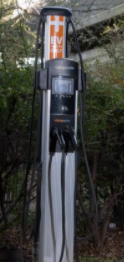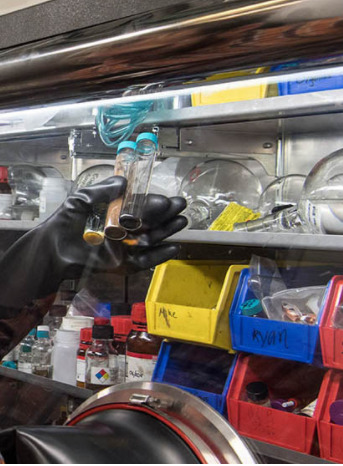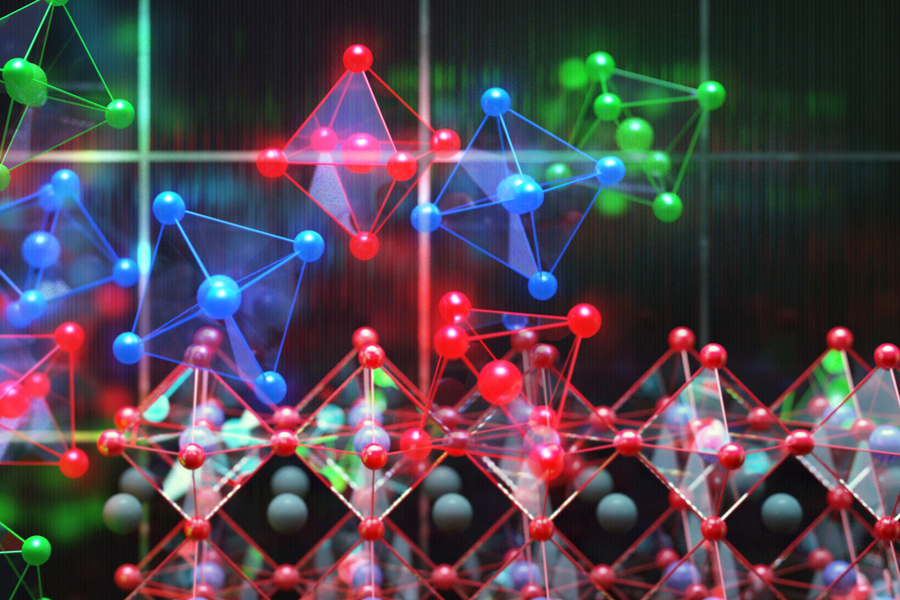(Finding Key to Low-cost, Fast Production of Solid-state Batteries for Evs)
2021/3/8 アメリカ合衆国・ジョージア工科大学(GeorgiaTech)

・ Georgia Tech と中国・重慶工商大学が、可燃性液体電解質を使用した商用リチウムイオン電池の従来の低コスト製造プロセスで、不燃性セラミック電解質を使用した EV 用全固体リチウムイオン電池を製造する溶融含浸技術(特許出願済み)を開発。
・ 同新製造技術は、多孔質・高密度の熱的に安定した電極に電解質材料を浸透させるワンステッププロセス。溶解した固体電解質を多層の電極-セパレータースタックを含む多孔質体に毛細管効果を通じて浸透させ、高密度な複合材を製造する。より軽量、安全で高エネルギー密度の電池製造の可能性が期待できる。
・ 従来の固体電解質の融点は 700℃から 1,000℃超のところ、新技術では電解質の組成により約 200℃~300℃の低融点を実現。このような低温度では材料の反応が起こりにくく、製造がより迅速で容易となる。ポリマーバインダーや接合剤を含む標準的な電極集合体は、このような条件下で安定する。
・ 過去 30 年間においてリチウムイオン電池の製造に開発・最適化されてきたツールやプロセスを利用し、あらゆるサイズ・形状の高品質多層セルの迅速・大規模な製造が可能となる。
・ リチウムイオン電池のサイクル寿命や安定性は特に作動温度に大きく依存し、長時間の過熱で劣化が早まり発火の危険性もある。そのため、ほぼ全ての EV では高性能で高価な冷却システムが必要。
一方、固体電解質のリチウムイオン電池で必要なものは、冷却システムに比べ大幅に安価なヒーターのみ。
・ 同新技術は、現在では 20%超、将来的には 100%超のエネルギー密度の向上が実証されている、いわゆるコンバージョン型電極を含む幅広い物質化学に対応可能。同新技術の商用化はまだ先となるが、将来の EV 市場の大部分を全固体電池が占めることになれば、既存の製造設備やインフラを利用できる同新技術は最も優れた選択肢となると考える。
・ 電池価格は2020年に初めて$100/kWhに達したが、消費者向けEV市場の完全な解放前に$70/kWhを下回る必要があり、そのためにはイノベーションが必須となる。現在はさらに低い融点とより高い伝導性を有する他の電解質を開発中。
・ 本研究は、Georgia Tech のスタートアップである Sila Nanotechnologies Inc.が主に支援した。
URL: https://news.gatech.edu/2021/03/08/finding-key-low-cost-fast-production-solid-state-batteries-evs
<NEDO海外技術情報より>
(関連情報)
Nature Materials 掲載論文(アブストラクトのみ:全文は有料)
Electrolyte melt infiltration for scalable manufacturing of inorganic all-solid-state lithium-ion batteries
URL: https://www.nature.com/articles/s41563-021-00943-2
Abstract
All-solid-state lithium (Li) metal and lithium-ion batteries (ASSLBs) with inorganic solid-state electrolytes offer improved safety for electric vehicles and other applications. However, current inorganic ASSLB manufacturing technology suffers from high cost, excessive amounts of solid-state electrolyte and conductive additives, and low attainable volumetric energy density. Such a fabrication method involves separate fabrications of sintered ceramic solid-state electrolyte membranes and ASSLB electrodes, which are then carefully stacked and sintered together in a precisely controlled environment. Here we report a disruptive manufacturing technology that offers reduced manufacturing costs and improved volumetric energy density in all solid cells. Our approach mimics the low-cost fabrication of commercial Li-ion cells with liquid electrolytes, except that we utilize solid-state electrolytes with low melting points that are infiltrated into dense, thermally stable electrodes at moderately elevated temperatures (~300 °C or below) in a liquid state, and which then solidify during cooling. Nearly the same commercial equipment could be used for electrode and cell manufacturing, which substantially reduces a barrier for industry adoption. This energy-efficient method was used to fabricate inorganic ASSLBs with LiNi0.33Mn0.33Co0.33O2 cathodes and both Li4Ti5O12 and graphite anodes. The promising performance characteristics of such cells open new opportunities for the accelerated adoption of ASSLBs for safer electric transportation.



